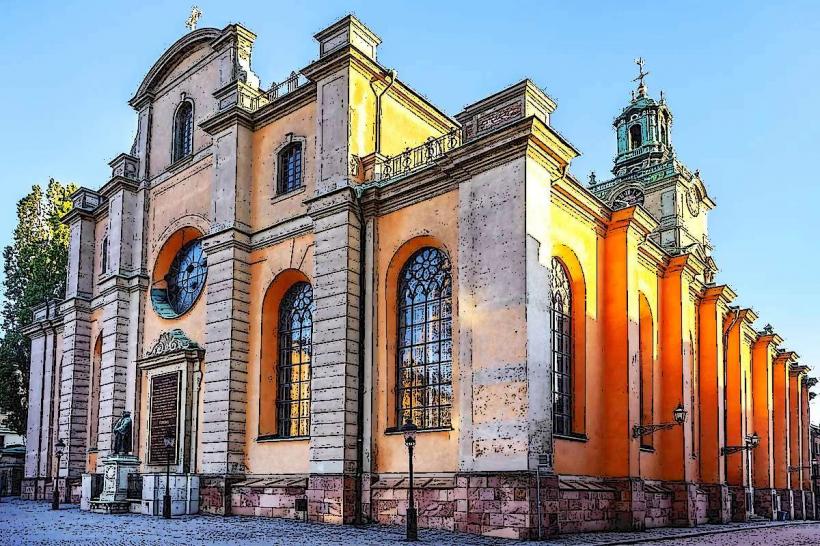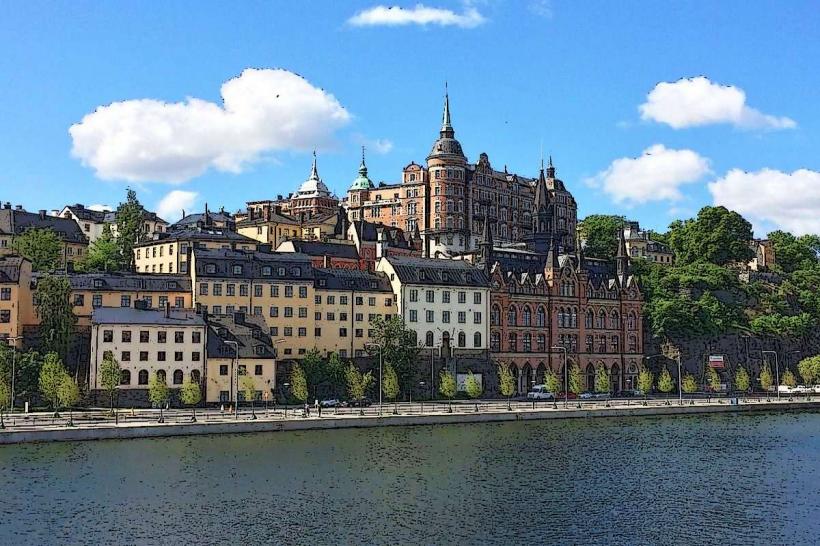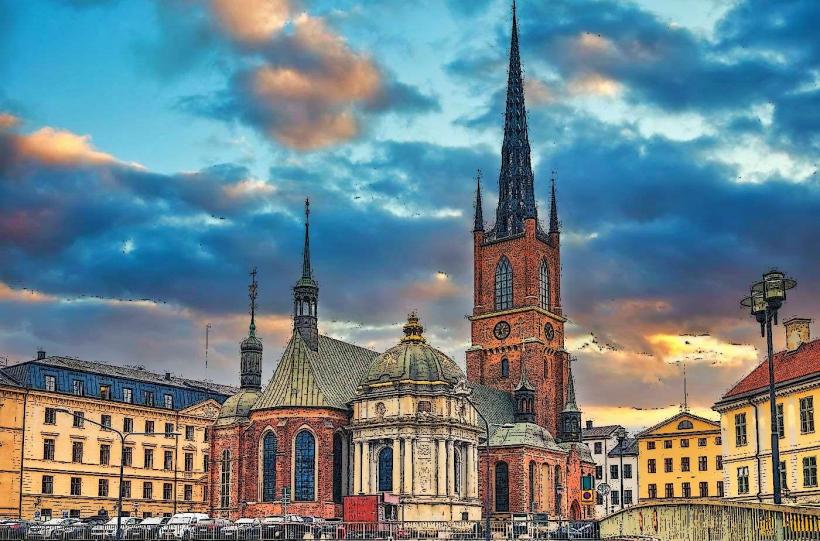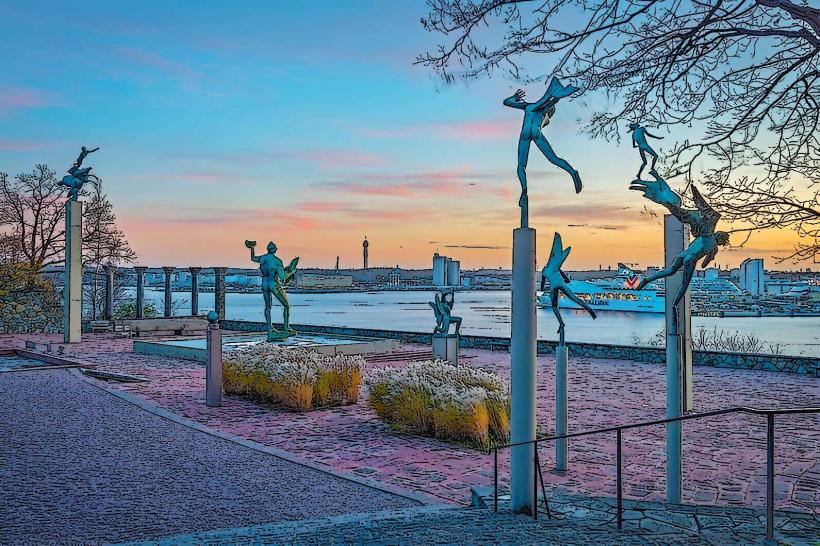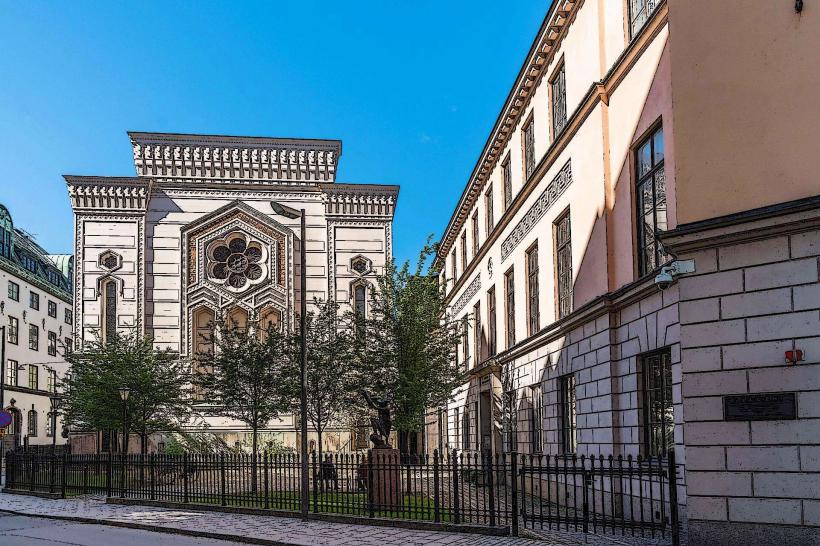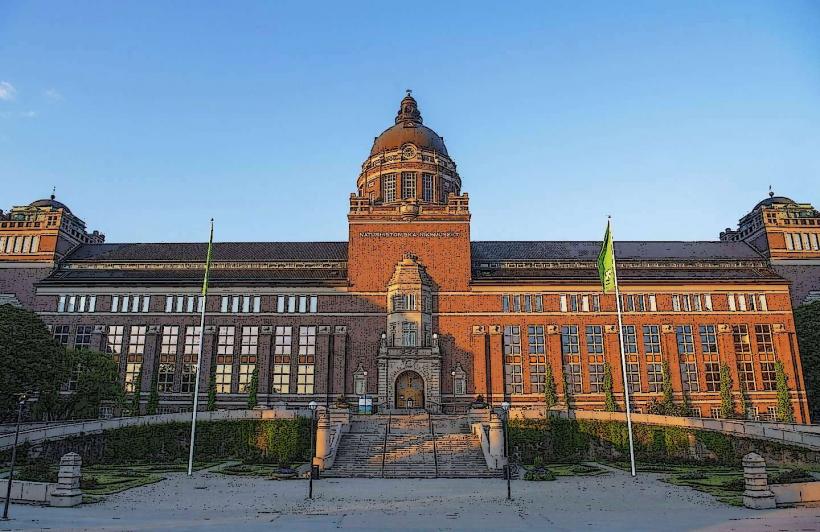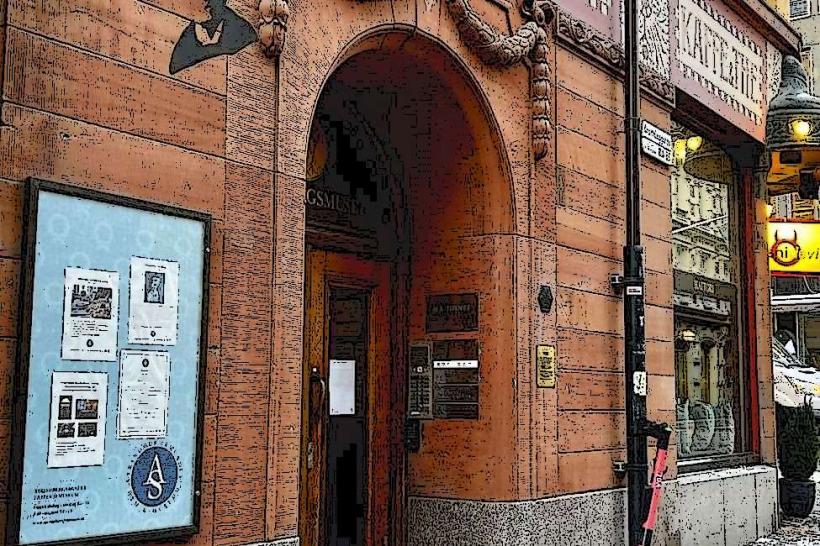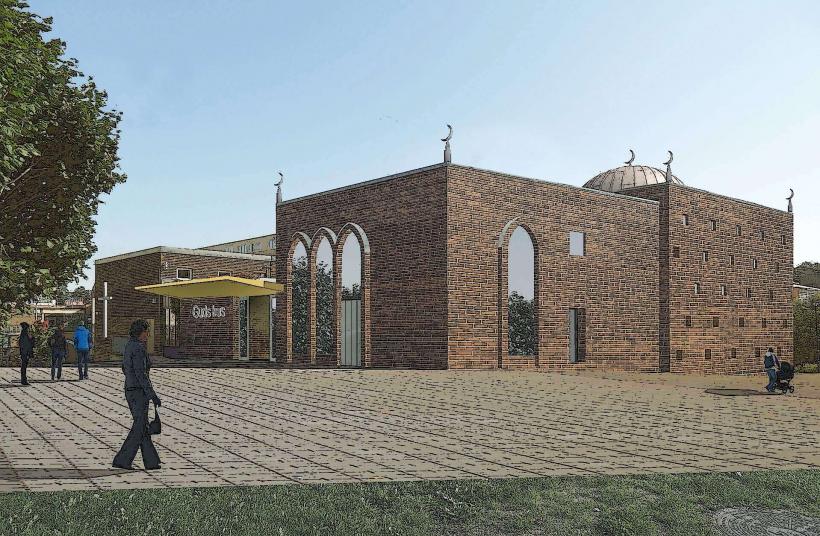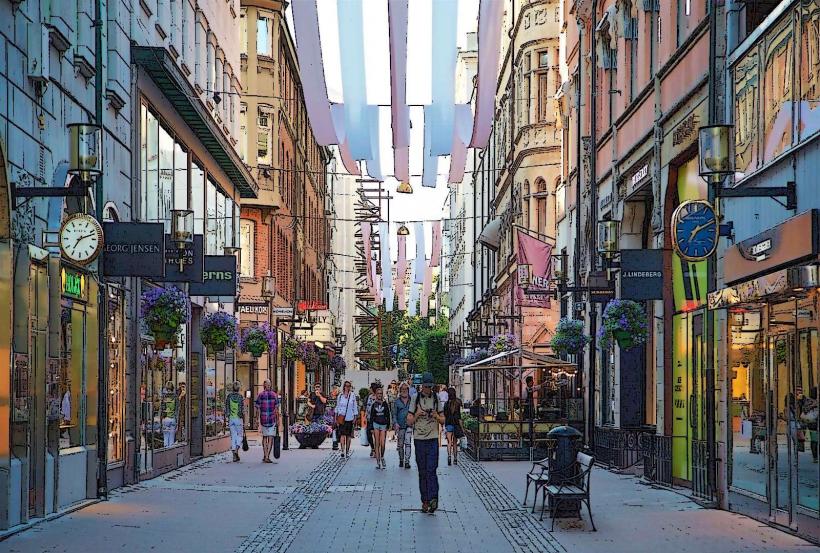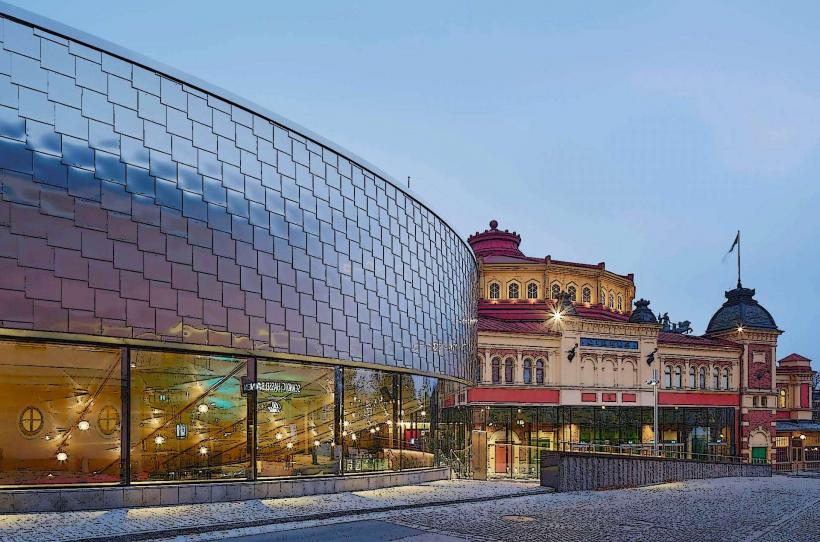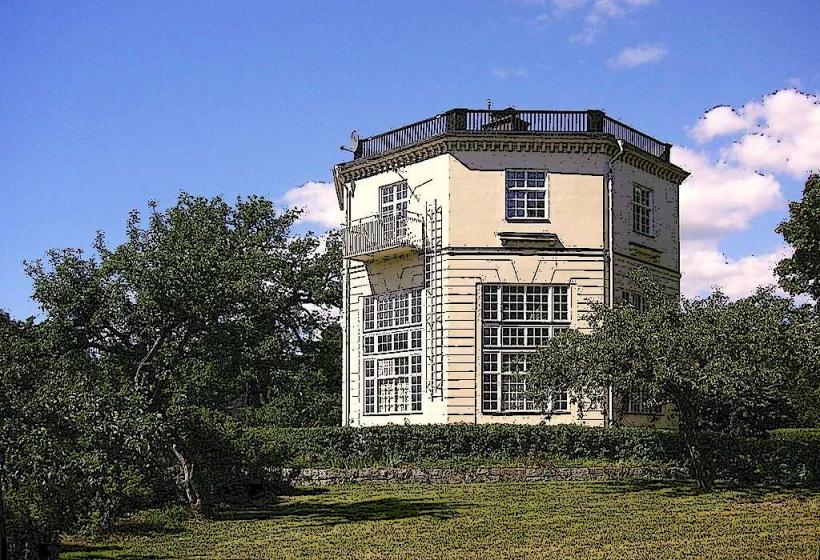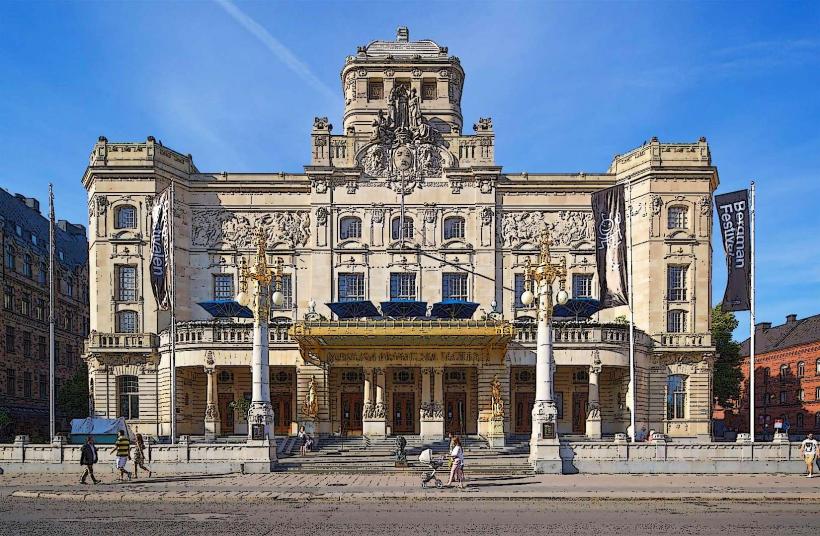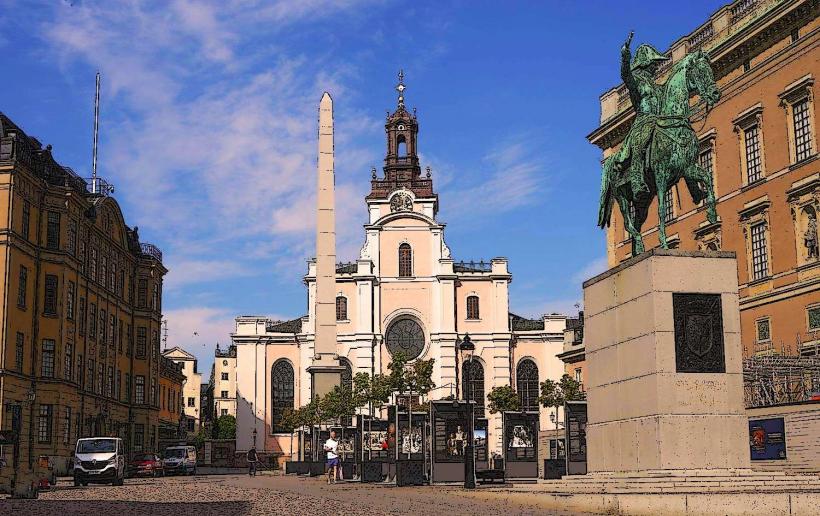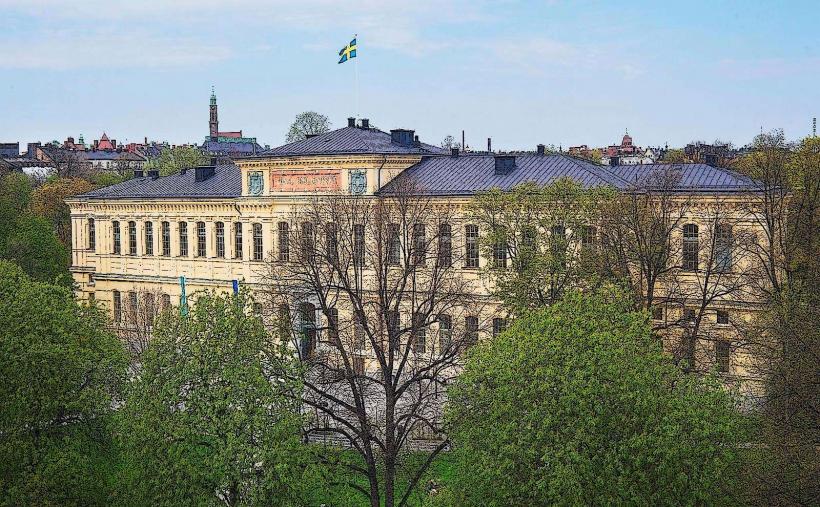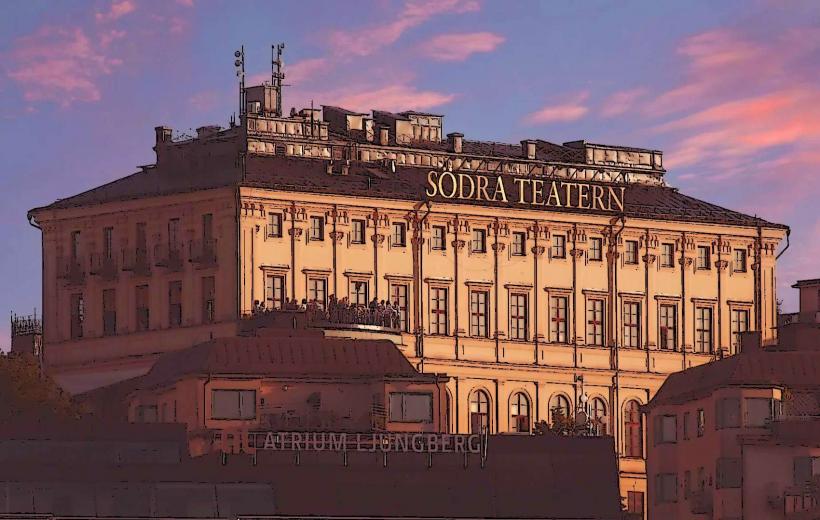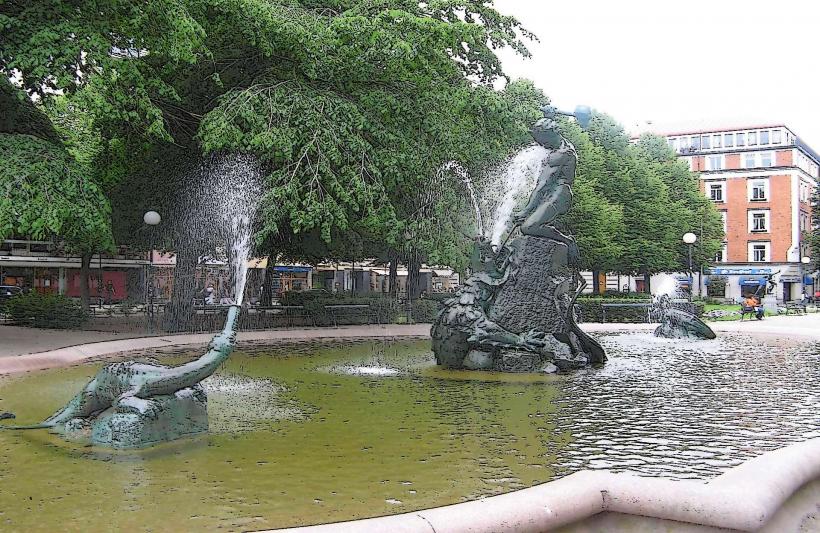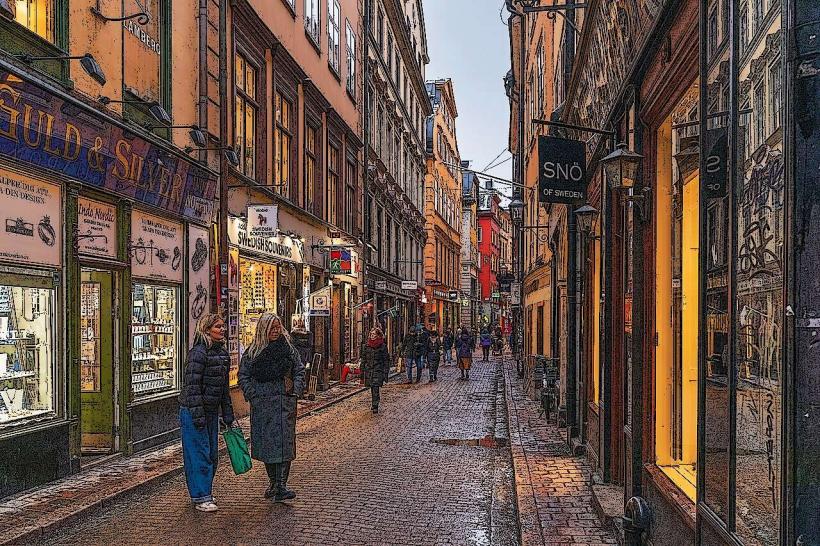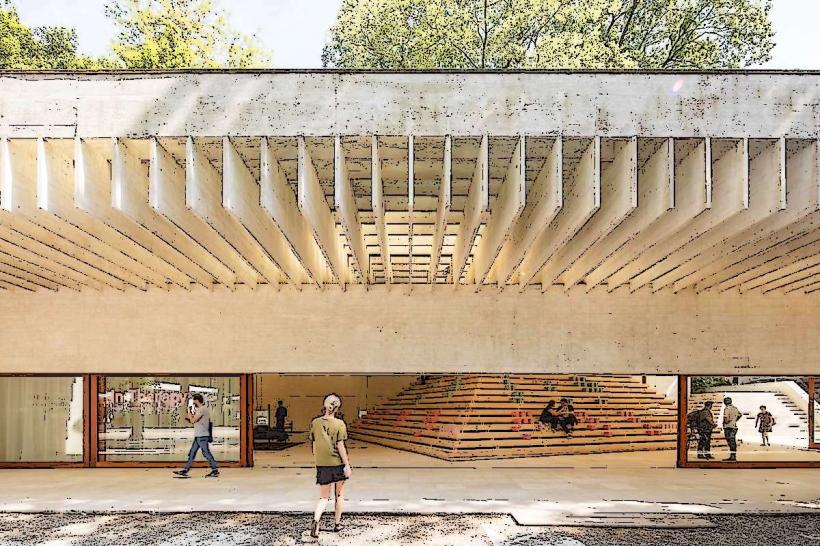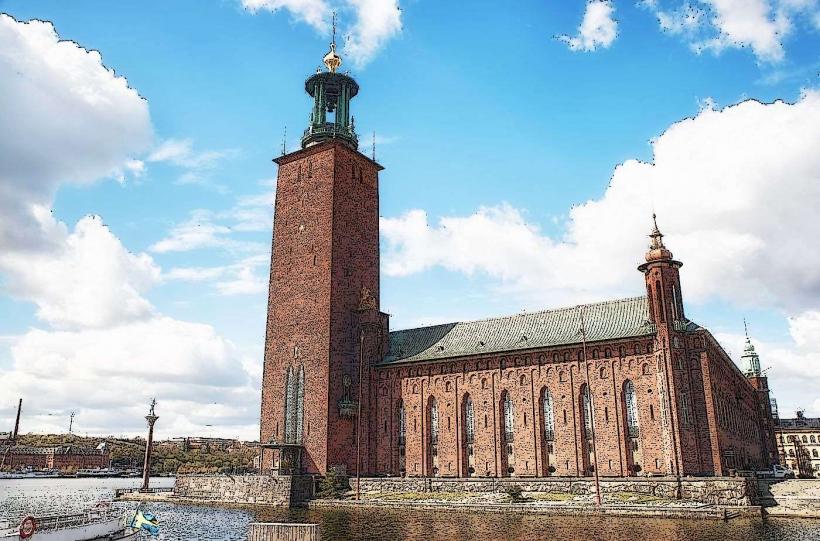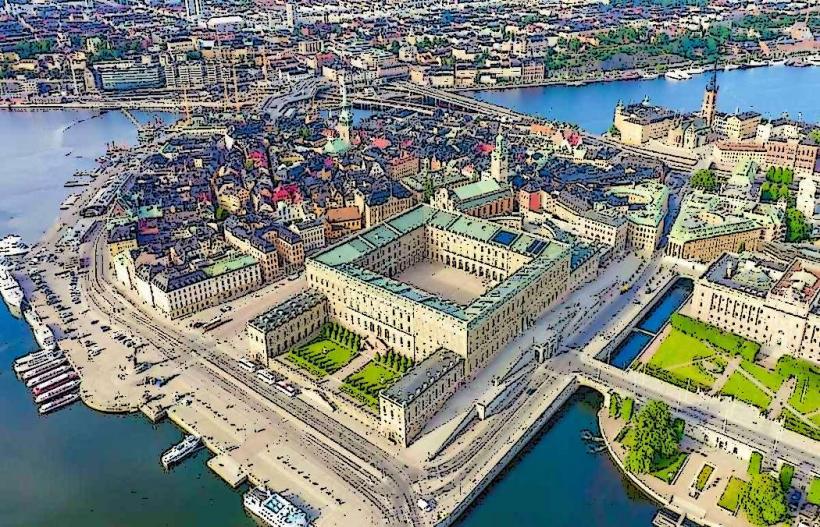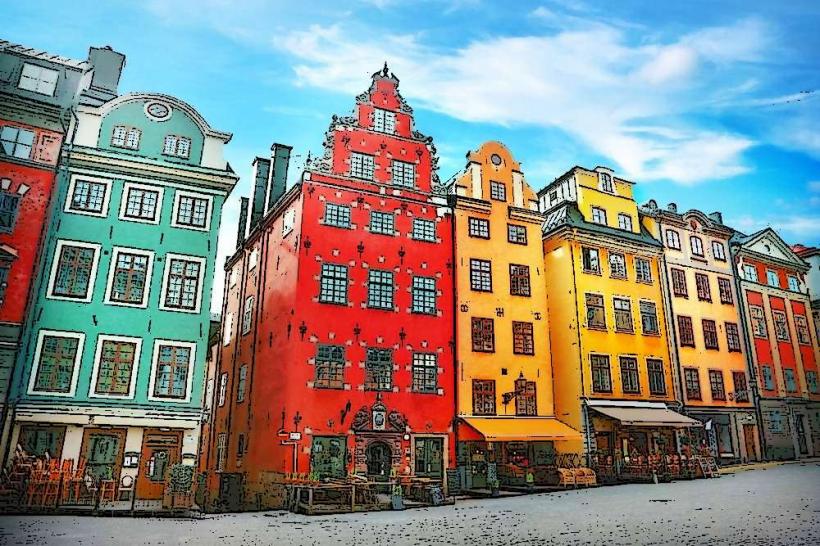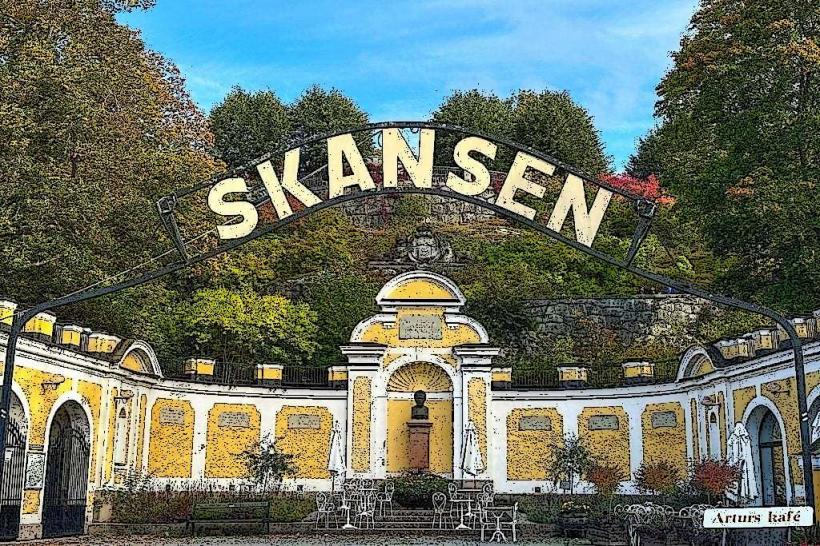Information
Landmark: Värtahamnen PortCity: Stockholm
Country: Sweden
Continent: Europe
Värtahamnen Port is a significant harbor and transportation hub located in the northeastern part of Stockholm, Sweden. The port plays a crucial role in both passenger and freight transport, serving as one of the main entry points into Stockholm for travelers arriving by ferry and cruise ships. It is particularly known for its connections to Finland, the Baltic States, and other parts of Scandinavia. Värtahamnen is a bustling, vital part of Stockholm’s maritime infrastructure, but it also offers various attractions and experiences for visitors.
1. Overview of Värtahamnen Port
- Location: Värtahamnen is situated in the Västra Ladugårdsland district of Stockholm, just north of the Djurgården Island. The port is easily accessible from the city center by public transportation, such as buses and the metro (the nearest metro station is Ropsten).
- Historical Significance: Historically, Värtahamnen has been an important part of Stockholm’s port system. It has been the site of shipping and industrial activity for centuries, although it has undergone extensive development and modernization in recent decades.
2. Passenger Ferries and Cruises
- Ferry Services: Värtahamnen is primarily known as a hub for passenger ferries traveling between Stockholm and several key destinations, particularly in the Baltic Sea region. It serves as a departure and arrival point for ferries to Finland, the Baltic States (like Tallinn, Riga, and Helsinki), and other Scandinavian cities.
- Cruise Ships: In addition to regular ferry services, Värtahamnen is also an important port for cruise ships. During the summer months, the port is frequently visited by large cruise liners carrying tourists to Stockholm and the surrounding region. The port's location near the city center makes it convenient for cruise passengers to explore Stockholm's attractions, such as Gamla Stan, Djurgården, and Kungsträdgården.
3. Värtahamnen’s Role in Freight Transport
- Freight Hub: Värtahamnen is also a critical site for cargo transport, particularly for goods arriving and leaving the Stockholm region by sea. The port handles a variety of goods, including industrial products, bulk cargo, and containers, contributing to Sweden’s overall trade and economy.
- Expansion and Development: Over the years, Värtahamnen has seen significant modernization to handle increasing freight traffic and accommodate larger vessels. Infrastructure improvements have made it more efficient and environmentally sustainable.
4. Urban Development and Attractions
- Värtahamnen Area Development: In recent years, the area surrounding the port has been undergoing urban development. The Värtahamnen district is transitioning from an industrial area to a more mixed-use urban space with residential buildings, office complexes, restaurants, and leisure facilities. The area is becoming a more attractive and vibrant part of Stockholm.
- Attractions and Nearby Areas:
- Kastellholmen and Djurgården: Värtahamnen’s proximity to Djurgården makes it easy to visit cultural attractions, such as the Vasa Museum, Skansen, and Gröna Lund amusement park. Visitors arriving at the port can quickly access these landmarks via a short ferry ride or a walk.
- Skeppsholmen: This small island near the port is home to several cultural institutions, including Fotografiska Museum and Moderna Museet (the Modern Art Museum). Visitors can take a stroll along the water or enjoy dining options with scenic views of the harbor.
5. Transportation Links
- Public Transport Connections: Värtahamnen is well connected to the rest of Stockholm by public transport, including:
- Metro: The Ropsten metro station is located near Värtahamnen, offering access to the Red Line of Stockholm’s metro system.
- Buses: Several bus lines also pass through the Värtahamnen area, providing easy connections to other parts of Stockholm.
- Ferries: Värtahamnen is served by several ferry routes, connecting the port to other parts of Stockholm and neighboring islands. It is also a key terminal for ferries heading to and from Helsinki and other Baltic destinations.
6. Visitor Services
- Passenger Terminal: The passenger terminal at Värtahamnen is equipped with various services to ensure a smooth experience for travelers. This includes ticket sales, waiting areas, shops, and restaurants. The terminal offers beautiful views of the waterfront and nearby islands, making it an enjoyable place to wait for ferries or cruises.
- Dining and Shopping: There are several restaurants and cafes in the area, catering to both tourists and locals. Visitors can enjoy local cuisine or international dishes while watching ships come and go. Additionally, there are shops selling souvenirs and travel essentials for passengers heading out on ferries or cruises.
- Environmental Considerations: As part of Stockholm’s broader sustainability efforts, Värtahamnen has undergone improvements to make it a more environmentally friendly port. This includes modernizing the infrastructure for reduced emissions, energy-efficient buildings, and creating pedestrian-friendly areas.
7. Värtahamnen and Stockholm’s Port Future
- Vision for the Future: As part of Stockholm’s continued growth and expansion, there are ongoing plans to transform the Värtahamnen area into an even more integrated part of the urban fabric. This includes expanding residential spaces and enhancing public amenities to accommodate the needs of an increasingly urbanized Stockholm. There is also a focus on improving environmental sustainability in the port area, with plans to reduce emissions and improve waste management practices.
8. Conclusion
Värtahamnen Port is a central part of Stockholm's maritime infrastructure, connecting the city to the wider Baltic region and playing a key role in both passenger and freight transport. The port’s proximity to Stockholm’s cultural and historical landmarks, combined with its vibrant and evolving neighborhood, makes it an essential gateway to the city. Whether arriving by ferry, cruise ship, or simply exploring the area, Värtahamnen offers both a functional transport hub and a scenic destination in its own right.

